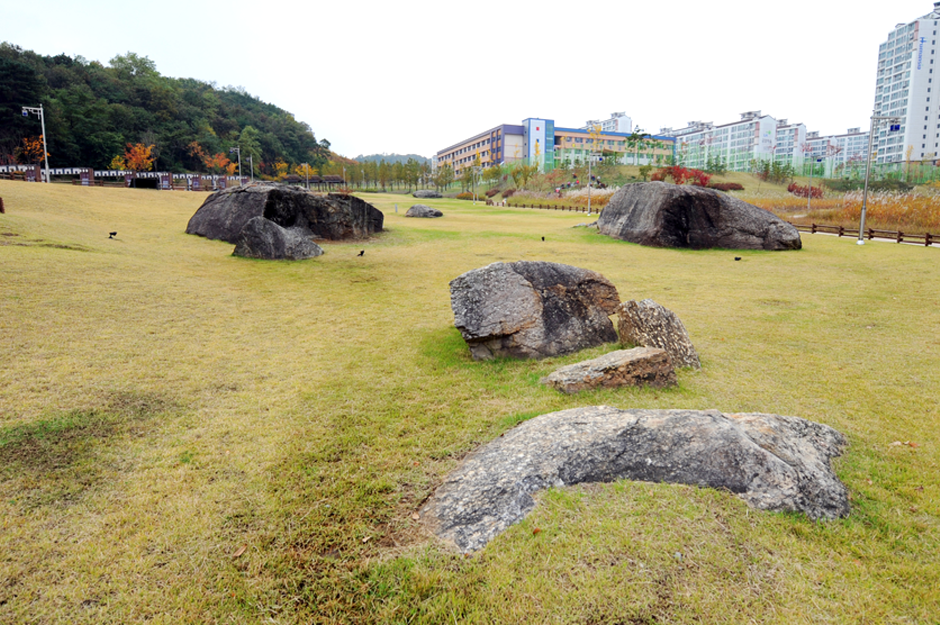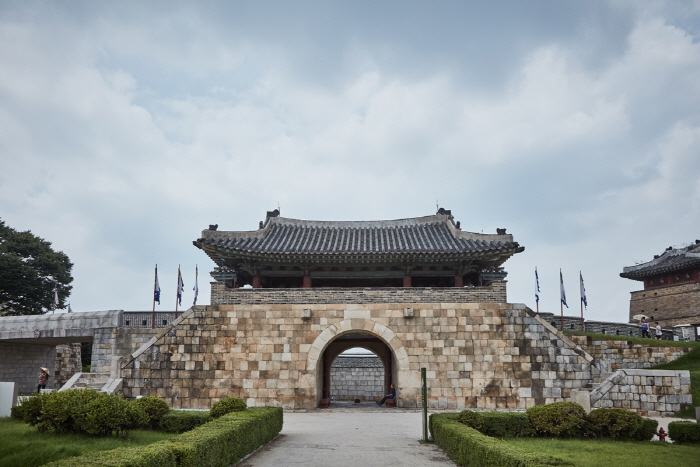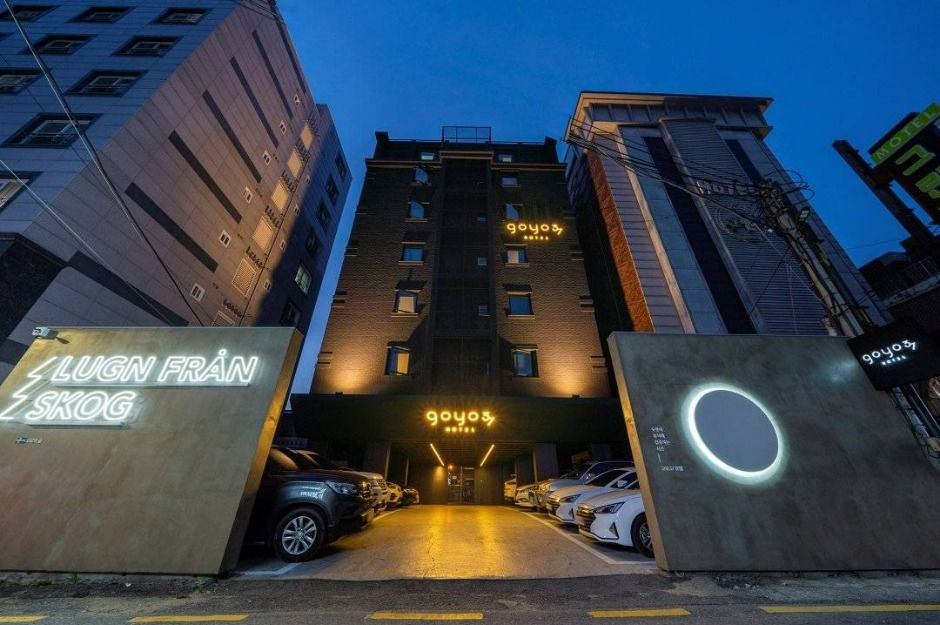Osan Dolmen Park (오산 고인돌역사공원)
18.6Km 2025-10-28
449, Sumogwon-ro, Osan-si, Gyeonggi-do
◎ Travel information to meet Hallyu’s charm - "Our Beloved Summer"
It is a park with nine table-style dolmens scattered around. This is the place where the two main characters in school uniform sat in a small cabin that says “Forest Library.” The scene where the two kissed for the first time while avoiding the rain was filmed here. As the name suggests, it is a place where anyone can rest and read a book in the metasequoia forest. If you sit in the same spot and take a picture, you can get a nice photo. In addition, each zone has a lot of things to see, such as performance halls, sculptures, rose gardens, and wetlands, which are loved by citizens.
Osan Osaek Market (오산오색시장)
18.6Km 2025-10-23
22 Osan-ro 272beon-gil, Osan-si, Gyeonggi-do
+82-31-376-4141
Osan Osaek Market, a traditional market with over 100 years of history, serves as a distinctive cultural tourism hub connected to nearby attractions and also functions as a shared community space for local residents. About half of the market consists of food-related vendors including vegetables, fruits, dried seafood, and milling shops, while the rest offers a wide variety of clothing and household goods. Each alleyway within the market has been given a themed name reflecting its character—such as Miso-gil (milling alley), the market’s welcoming gateway; Green-gil (fresh produce alley), filled with freshness; Areum-gil (gourmet alley), lined with popular eateries; Moms-gil (health food alley), fun to browse; and Red-gil (night market & fashion alley), full of youthful energy and passion. Popular restaurants are scattered throughout, making it a hotspot for food enthusiasts. The market is about a 5-minute drive or 7-minute walk from Osan Station (Line 1), with direct bus access also available from the station. Nearby attractions include Gwanaksan Mountain, Anyang Art Park, Seoulland, Let’s Run Park Seoul, and Baegunhosu Lake.
Hwaseomun Gate (화서문)
18.6Km 2022-12-29
334, Jangan-dong, Paldal-gu, Suwon-si, Gyeonggi-do
+82-31-290-3600
Hwaseomun Gate is the western gate of Hwaseong Fortress, a Treasure. Over the stone mujigae (rainbow) door is a single-story tower gate. Hwaseomun Gate's ongseong (defensive gate) forms a crecent shape, with one side of the ongseong remaining open.
GS25 - Suwon Parkville Branch [Tax Refund Shop] (GS25수원파크빌점)
18.8Km 2024-06-26
52, Hyanggyo-ro, Paldal-gu, Suwon-si, Gyeonggi-do
-
Olive Young - Suwon Jangan-gu Office Sageori Branch [Tax Refund Shop] (올리브영 수원장안구청사거리)
18.9Km 2024-04-19
920, Gyeongsu-daero, Jangan-gu, Suwon-si, Gyeonggi-do
-
Himart - Osan Branch [Tax Refund Shop] (하이마트 오산점)
19.0Km 2024-04-18
224, Gyeonggi-daero, Osan-si, Gyeonggi-do
-
Artbox [Tax Refund Shop] (아트박스)
19.0Km 2024-04-19
1F Home Plus, 930, Gyeongsu-daero, Jangan-gu, Suwon-si, Gyeonggi-do
-
Olive Young - Homeplus Buksuwon Branch [Tax Refund Shop] (올리브영 홈플러스북수원)
19.0Km 2024-04-23
930, Gyeongsu-daero, Jangan-gu, Suwon-si, Gyeonggi-do
-
Gwanggyosan Mountain (광교산)
19.1Km 2024-02-29
58 Sanggwanggyo-dong, Jangan-gu, Suwon-si, Gyeonggi-do
Gwanggyosan Mountain straddles the cities of Suwon and Yongin. Its summit, Shirubong Peak, stands at 852 meters above sea level. The mountain is located in a plain area with no large mountains around it, and the ridges are very gentle and lush with trees in all directions, so many people visit for forest bathing and hiking. Its winter snowscapes are particularly renowned. Notable cultural assets include the tomb and monument of General Kim Joon Ryong, built to commemorate his great victory during the Qing invasion of Joseon, and the tomb of Sim On who served as a civil minister in Joseon dynasty.
The Hyooshik Goyo 37 Hotel Osan (더휴식 고요37호텔 오산점)
19.2Km 2025-04-18
35-16 Wondong-ro 37beon-gil, Osan-si, Gyeonggi-do
The hotel offers diverse theme-based rooms with exceptional service. Guests can enjoy a variety of content in their rooms, including movies, PlayStation games, and music. Additionally, the hotel lobby features a game zone equipped with darts and game consoles, making it perfect for guests seeking relaxation while enjoying some entertainment.



![Olive Young - Suwon Jangan-gu Office Sageori Branch [Tax Refund Shop] (올리브영 수원장안구청사거리)](http://tong.visitkorea.or.kr/cms/resource/31/2888331_image2_1.jpg)
![Himart - Osan Branch [Tax Refund Shop] (하이마트 오산점)](http://tong.visitkorea.or.kr/cms/resource/58/2882358_image2_1.jpg)

 English
English
 한국어
한국어 日本語
日本語 中文(简体)
中文(简体) Deutsch
Deutsch Français
Français Español
Español Русский
Русский